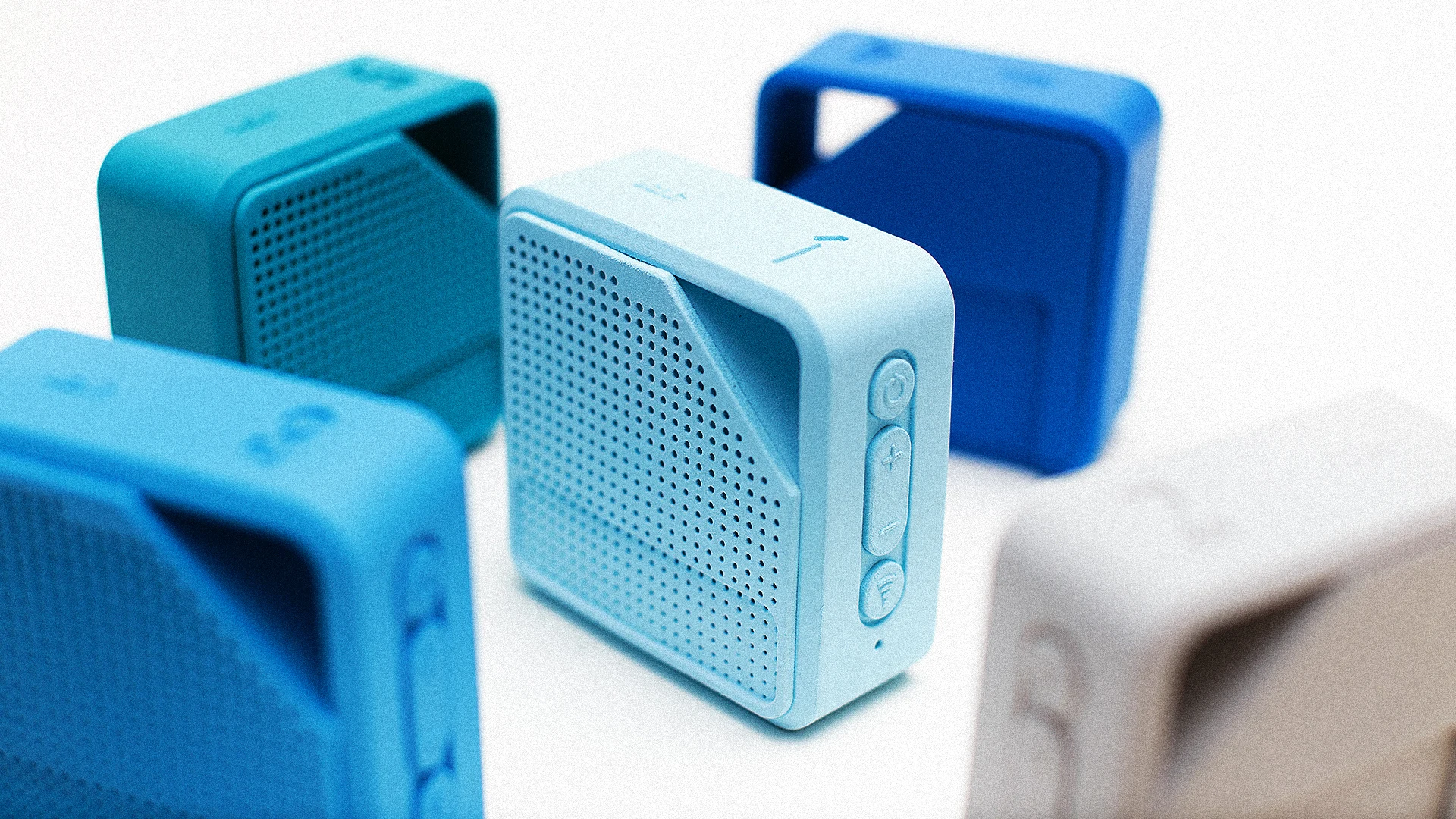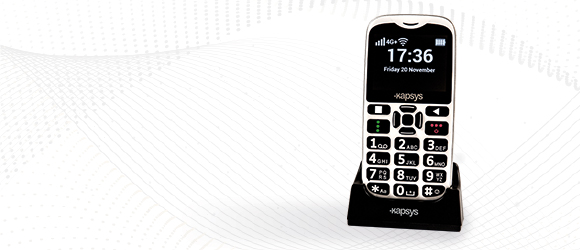Enhancing Lives With Advanced Assistive Gadgets for the Blind
The integration of innovative assistive gadgets for the blind is transforming just how people experience their surroundings and engage with their areas. What does this advancement imply for the future of assistive innovation and its role in empowering individuals?
Introduction of Assistive Tools
Assistive tools for the blind encompass a diverse range of devices and technologies developed to improve freedom and boost the lifestyle for people with aesthetic problems. These devices satisfy different needs, from navigating and wheelchair to interaction and day-to-day task management.
Among the main categories of assistive gadgets consists of movement help, such as white walking canes and overview pet dogs, which help customers browse their surroundings securely. Electronic traveling aids, geared up with sensors and audio comments, additionally play a considerable role in flexibility improvement.
Furthermore, gadgets that aid with everyday living activities, such as adaptive kitchen area devices, Braille labels, and talking watches, encourage people to execute tasks individually. Communication help, consisting of screen readers and Braille display screens, help with accessibility to information and allow individuals to involve properly with the digital world.
Additionally, low-tech options like multiplying glasses and large-print products remain important for lots of individuals. Collectively, these assistive devices offer not just as useful tools yet also as essential enablers of freedom, cultivating better involvement in a world that typically focuses on sighted experiences. Their assimilation right into every day life is necessary for promoting inclusivity and improving overall health for those with aesthetic problems.
Innovative Technologies being used
Technology in modern technology has actually significantly changed the landscape of devices readily available for people with visual disabilities. Amongst the most notable developments are clever glasses incorporated with augmented fact, which offer real-time navigation assistance and things acknowledgment. These gadgets take advantage of progressed electronic cameras and expert system to supply acoustic hints, improving the user's spatial recognition and autonomy.
Furthermore, mobile applications have become effective resources, making it possible for customers to recognize currency, reviewed text aloud, and browse unfamiliar settings via verbal instructions. Devices such as Braille display screens and refreshable Braille gadgets remain to evolve, using smooth connectivity with computer systems and mobile phones, thus boosting interaction and access to information.
Wearable modern technology, consisting of smartwatches furnished with voice-activated functions, further empowers customers by promoting quick accessibility to notices and signals without needing aesthetic involvement. Tactile maps and 3D printing are additionally acquiring grip, providing substantial representations of rooms that help in orientation and flexibility training.
Collectively, these cutting-edge technologies not only improve the every day lives of visually damaged individuals but also foster greater self-reliance, inclusivity, and involvement with the broader area, therefore reshaping assumptions of availability. (AI-powered visual aids)
Individual Stories of Empowerment
Empowerment typically emerges from personal experiences that highlight the transformative effect of modern technology on people with visual problems. Take, for example, the tale of Sarah, a young artist that regained her interest for painting through using a clever walking cane equipped with barrier discovery. This gadget not only facilitated her mobility however instilled a check this site out newfound confidence, allowing her to browse public spaces individually and seek her creative endeavors.

These stories highlight the profound results that progressed assistive gadgets can have on every day life. By allowing individuals to overcome obstacles, innovation cultivates a sense of autonomy and self-regard. Such empowerment tales work as a testament to the capacity of development, illustrating just how the right tools can substantially enhance lifestyle and open doors to new possibilities for those with aesthetic problems.
Benefits of Advanced Solutions
The integration of advanced modern technology right into assistive tools dramatically transforms everyday experiences for those influenced by vision loss. Screen readers for the blind. Tools such as wise canes outfitted with sensors, navigation apps, and wearable modern technology are made to supply real-time feedback, boosting spatial awareness and reducing the dangers linked with movement.
Moreover, progressed assistive innovations promote social incorporation by helping with communication and communication. Voice-activated gadgets and apps allow people to access information and involve with their environments independently, damaging obstacles that formerly impeded their engagement in educational, specialist, and social setups.
Additionally, the customization and versatility of these remedies cater to the diverse demands of customers, therefore enhancing their general lifestyle. Boosted you can find out more performance, such as object acknowledgment and text-to-speech capabilities, encourages people with visual problems to carry out tasks that they might have as soon as found testing. Eventually, advanced assistive modern technologies not only enhance freedom and safety however also advertise self-respect and self-respect, enabling users to lead fulfilling lives.
Future Trends in Assistive Tech
As innovation remains to advance, the landscape of assistive devices for the blind is positioned for exceptional improvements that will further improve accessibility and freedom. Emerging trends in assistive innovation indicate a shift towards increased assimilation of synthetic intelligence (AI) and artificial intelligence, enabling devices to adjust to private user needs in real-time. These innovations are anticipated to facilitate more user-friendly navigation systems that can determine barriers and supply audio feedback, substantially improving outdoor movement.
In addition, the advancement of wearable technology, such as wise glasses equipped with enhanced truth, will certainly allow users to receive contextual details about their surroundings, therefore enriching their spatial recognition. Improvements in haptic modern technology assurance to produce tactile responses gadgets, permitting individuals to perceive information through touch, enhancing knowing and communication with their setting.
Telecommunication advancements are also leading the way for remote assistance services, where qualified professionals can supply support using video calls, making sure support is readily accessible. As these trends unfold, the future of assistive tools for the blind will most certainly cultivate better freedom, encouraging individuals to navigate their world with confidence and convenience.

Final Thought
The assimilation of advanced assistive tools for the blind stands for a significant development in cultivating self-reliance and enhancing quality of life. By using innovative technologies, these gadgets empower customers to browse their settings with higher confidence and autonomy. As the field remains to progress, recurring research and development will likely produce a lot more sophisticated options, further changing the lived experiences of individuals with visual problems and promoting a higher sense of incorporation within society.
The assimilation of advanced assistive devices for the blind article source is changing how people experience their environments and engage with their communities. The combination of cutting-edge modern technology into assistive tools significantly changes daily experiences for those affected by vision loss.As technology continues to evolve, the landscape of assistive tools for the blind is poised for impressive advancements that will certainly better improve access and freedom. Emerging fads in assistive innovation show a shift toward increased integration of synthetic knowledge (AI) and device knowing, allowing devices to adapt to individual user needs in real-time.The assimilation of innovative assistive tools for the blind stands for a significant improvement in fostering freedom and boosting high quality of life.